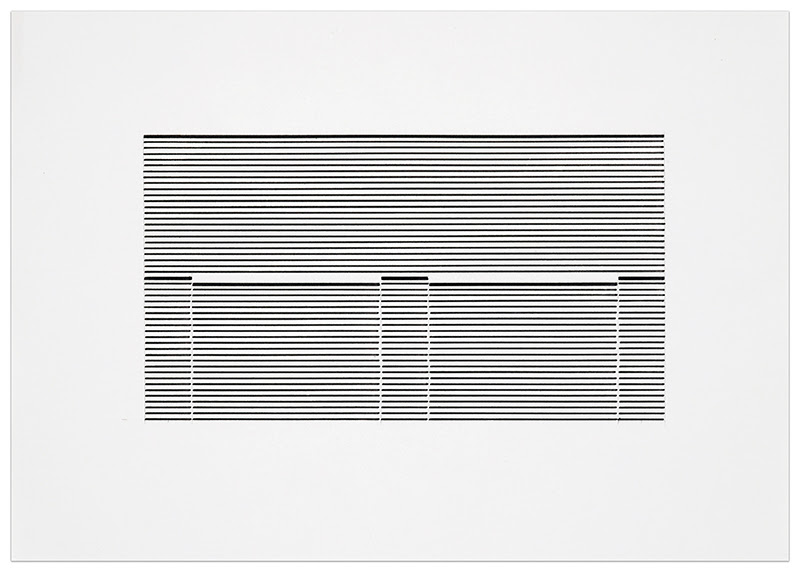Krakow Witkin Gallery | Michael Craig-Martin: 1988-1990 | Boston

June 10 – July 23, 2021
Michael Craig-Martin: 1988-1990
Krakow Witkin Gallery
In-Person Viewing:
10 Newbury Street, Boston, Massachusetts 02116 USA
Virtual Viewing:
https://www.krakowwitkingallery.com/exhibitions/michael-craig-martin/
From the late 1960’s to the late 1970’s, Michael Craig-Martin’s work was based on commonplace physical objects, either constructed or found by the artist. He became intrigued that on entering the context of art, all found objects seemed to sacrifice one thing – their defining function (e.g. Marcel Duchamp’s bottle rack, bicycle wheel, and urinal; and the wallpaper, newsprint, ads, bus tickets, etc. used in collages by artists from Pablo Picasso and Kurt Schwitters to Jasper Johns). Craig-Martin was determined to try to make work that maintained the functionality of the objects, to interfere with their normal existence as little as possible. He felt that the role of the viewer in the completion of such works was both enhanced and made more explicit.
From 1978, he shifted his work entirely away from actual objects to the creation and use of images of objects. Through this work, he sought to explore the nature and function of images. Working entirely in two dimensions led Craig-Martin naturally to think about painting. If the early works with readymade objects were in reference to ideas about sculpture, the venetian blind works were done in reference to painting. He sought to keep the works with venetian blinds as true to themselves as possible. Like paintings, these pieces are flat, on the wall, hide but allow ‘windows on the world’, and imply the centrality of light, space, and color. To emphasize the possibility of viewer interaction, the artist left, attached to the blinds, the operating rods so the blinds could be opened and closed.
Over the past forty-two years he has had numerous exhibitions and installations in galleries and museums across the world, including the Centre Pompidou, Paris, and MoMA, New York, the Kunstvereins in Dusseldorf, Stuttgart, and Hannover, at IVAM in Valencia, and Kunsthaus Bregenz. He represented Britain in the 23rd Sao Paulo Biennal. A retrospective of his work was presented at the Whitechapel Art Gallery, London, in 1989, and a second at the Irish Museum of Modern Art in Dublin in 2006, and a third at the Serpentine gallery, London, in 2015. Craig-Martin is well known to have been an influential teacher at Goldsmiths College, London. He was a Tate Trustee from 1989 to 1999, was awarded a CBE in 2000 and was elected an RA in 2006. In 2016 he was knighted in the Queen’s Birthday Honours for his services to art.
Michael Craig-Martin was born in Dublin Ireland in 1941. He grew up and was educated in the United States, studying Fine Art at the Yale School of Art and Architecture. He has lived and worked in Britain since 1966. His first solo exhibition was in London, in 1969. He participated in the famous exhibition of British conceptual art, “The New Art” at the Hayward Gallery in 1972. His best known works include “An Oak Tree” of 1973, in which he claimed to have changed a glass of water into an oak tree; his large-scale black and white wall drawings; and his intensely colored paintings, installations, and commissions, including the European Investment Bank in Luxembourg, the Laban Dance Centre in London (in collaboration with Herzog and de Meuron), the DLR station at Woolwich Arsenal, and, most recently, the HDI Gerling Headquarters in Hannover.
